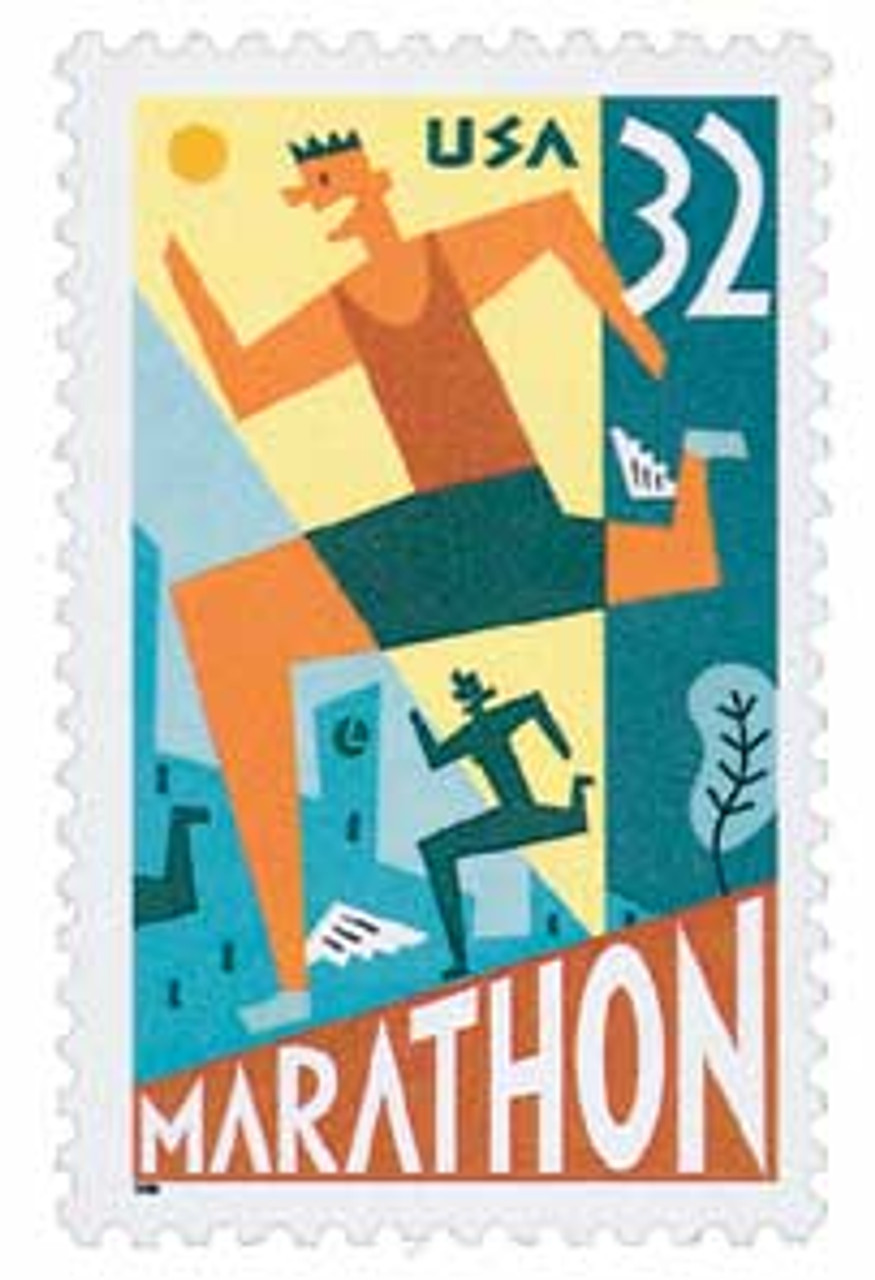
US #3067
1996 Marathon
- Honors 100th running of Boston Marathon
- Small design detail pays tribute to Greek origins of the marathon
Category of Stamp: Commemorative
Value: 32¢, First-Class mail rate
First Day of Issue: <... more
US #3067
1996 Marathon
- Honors 100th running of Boston Marathon
- Small design detail pays tribute to Greek origins of the marathon
Category of Stamp: Commemorative
Value: 32¢, First-Class mail rate
First Day of Issue: April 11, 1996
First Day City: Boston, Massachusetts
Quantity Issued: 209,450,000
Printed by: Banknote Corporation of America
Printing Method: Lithographed
Format: Panes of 20 (5 across, 4 down) from printing plates of 160 (8 across, 20 down)
Perforations: 11.1
Reason the stamp was issued: The Marathon stamp was issued to commemorate the 100th running of the Boston Marathon, but it honors the history of all marathons not just the annual event held in Boston.
About the stamp design: Illustrator, Michael Bartalos, was the talent behind the stamp design. It shows a stylized image of a male runner, with a female runner in the background. The scenery shows both a cityscape and a country landscape. The wings on the feet of the male runner are a tribute to Hermes, the Greek messenger-god, and the Greek beginnings of the marathon.
First Day City: The First Day of Issue ceremony for the Marathon stamp was held in Copley Square in Boston. This is the site of the finish line of the Boston Marathon. The two main speakers were past marathon winners Bill Rodgers and Joan Benoit Samuelson. Also present at the ceremony was John Kelly, who had one the Boston Marathon in 1935 and 1945.
History the stamp represents:
Inspired by the extraordinary feat of a Greek soldier named Pheidippides, the first marathon was held at the revival of the Olympic Games in Athens, Greece, in 1896. According to legend, in 490 B.C., Pheidippides ran from the battlefield at Marathon to Athens, carrying the news of the Athenian victory over Persia. Upon his arrival he shouted the triumphant proclamation, “Rejoice, we conquer!” then fell to the ground, dead from exhaustion.
Because of its historical importance to the Greeks, the marathon became one of the most important events of the Olympic Games. In 1924, the marathon distance was standardized at 26 miles, 385 yards. The additional 385 yards stems from a decision by the British Olympic Committee to start the 1908 race from Windsor Castle and end it in front of the royal box at the stadium in London.
After the Olympic Games, one of the most coveted honors is a victory in the Boston Marathon. It was first held on April 19, 1897. This date was chosen because it’s Patriot’s Day, the anniversary of Paul Revere’s famous ride during America’s struggle for independence. Athletes from around the world compete in this renowned race. In recent years, the number of entrants in marathons has greatly increased. Until the early 1960s, only 200 to 300 runners competed. Today, despite stiff qualifying standards, the Boston Marathon has over 8,000 competitors.
First Boston Marathon
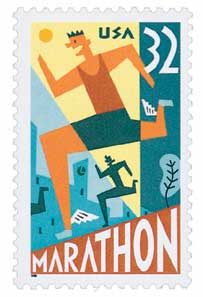
The first-ever Boson Marathon was run on April 19, 1897. It's the world's oldest annual marathon and is one of the six World Marathon Majors. While the first race included 15 runners, recent races have seen over 30,000 participants.
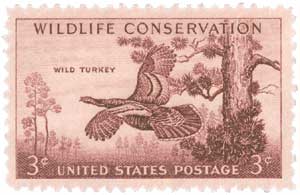
In 1897, the Boston Athletic Association (BAA) was inspired by the popularity of the marathon at the 1896 Olympics and decided to hold their own race. It would be the final event of their BAA Games athletic competition. It was run on Patriot's Day, April 19, 1897, connecting both Athens's and America's fights for liberty. Out of the 15 runners that participated, John J. McDermott won the race with a time of 2:55:10.
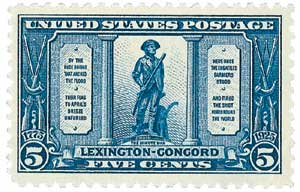
The race was held every year since 1897, except in 1918, when World War I was raging. It was canceled again in 2020 due to the Covid-19 pandemic. The original Boston race was 24.5 miles, but in 1924 it was changed to 26 miles, 385 yards to meet the standard set by the International Amateur Athletic Federation in 1921.
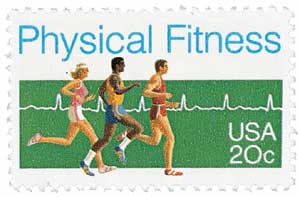
Originally, the Boston Marathon was a local event, run by a few hundred racers. Over the years however, it has attracted runners from around the world and averages about 30,000 runners per year, cheered on by 500,0000 spectators. This makes it the most widely viewed sporting event in New England. For its 100th anniversary, the 1996 Boston Marathon saw 38,708 entrants, taking the record for the world's largest marathon at that time. The race runs through eight Massachusetts cities and towns and is known for its hilly terrain and varied weather.
For decades, the race didn't include a cash prize. Winners received a wreath of olive branches. In the 1980s though, professional athletes began calling for a cash prize or they wouldn't participate. Corporate sponsors stepped in and the race has awarded cash prizes since 1986.
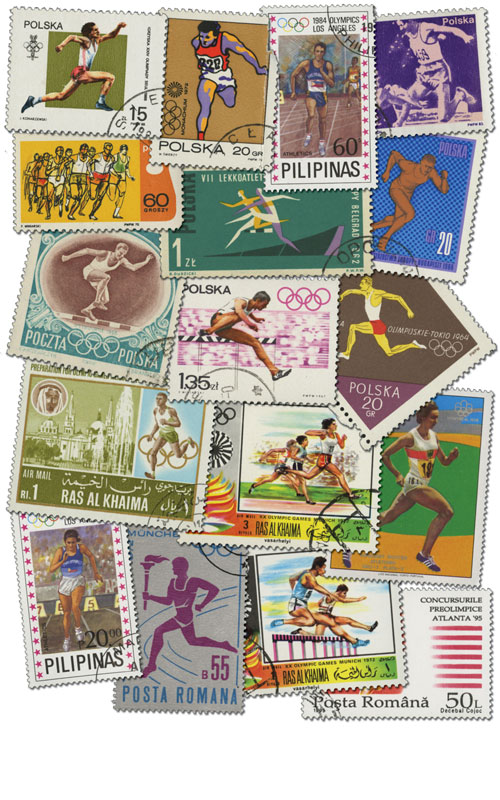
The fastest time for the marathon was run on April 18, 2011 by Geoffrey Mutai of Kenya. His time was 2:03:02. However, it wasn't recognized as a world record by the International Association of Athletics Federations because the course didn't meet their requirements for elevation drop and start/finish separation.
In 2007, astronaut Sunita Williams became the first person to run a marathon in space. She ran the total marathon distance while serving on the International Space Station.

